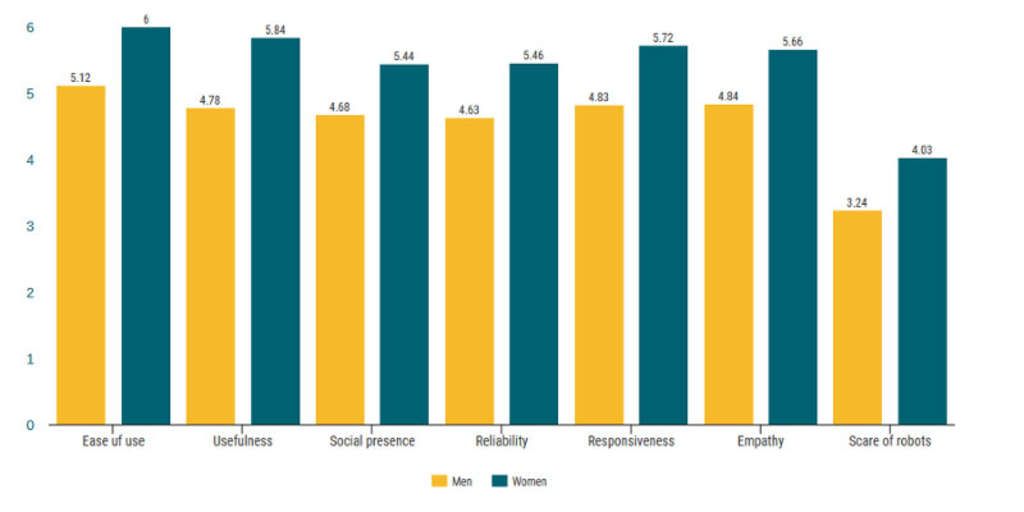Testing Guest Interactions with Robots



EHL is currently working on a project aiming to improve customer experience through a robot concierge solution.
Lead by the team of Associate Professor Reza Etemad-Sajadi and working with partners from heigvd (Professor Andrès Uribe's team) and Swiss company Avatarion, this Innosuisse-funded project uses a Pepper robot whose movements, gestures and conversation skills are controlled remotely via a real live agent, mimicking the behaviors of a human concierge. The goal of this project is to evaluate how customers perceive the quality of service delivered and provide insights for service companies using an avatar as a concierge.
Based on the evaluation survey done right after people interacted with our robot, the team outlined here some of the key findings their pilot unveiled.
The emotional appeal of the interface has a major impact on how satisfied users turned out to be conversing with a robot (See Figure 1).
In this particular context, experiential aspects such as focus on fun, playfulness and emotional worth
appeared to be important criteria to actively engage customers in the interaction. In some cases customers even developed feelings of empathy for the robot they were interacting with.
In terms of marketing, we know how important the emotional connection with guests is and the emotional appeal of any avatar-based interaction should be taken into account.
To define the core aspects of service quality of our robot-based service should be evaluated upon, we measured the behaviors of our robot based on the 5 below service quality dimensions (adapted from the SERVQUAL model):
Although the robot-as-a-concierge was positively perceived across the five dimensions,
the most important score appeared to be around the "aesthetic" of the experience, through a visually pleasing design and equipment. Beyond merely supporting typical engineering requirements to deliver a performant experience, good design can be used to establish the premises for a good human/robot relationship.
 — Source: EHL
— Source: EHL
Several other dimensions, such as the ease of use, usefulness, social presence, scare of robots, etc., have also been measured.
One interesting result we observed was around the somewhat "innate" reluctance to use robots, partly due to the threatening nature of robot-based interactions for humans (part of the users indeed expressed concerns about the fact that robot might replace humans in the future). Even though the final score ranges in the middle of the results scale, this aspect should be taken into consideration when designing an avatar-based experience.
Although our results showed that women tend to judge robot-based experience more positively than men (see Figure 2) - in terms of ease of use, usefulness, social presence, reliability, responsiveness, and empathy of the robot - it is interesting to note that they express more fears about robots' taking over humans in the near future.
 — Source: EHL
— Source: EHL
Although we know that new technologies can be very quickly obsolete and replaced by new ones, we found that the "usefulness" and "enjoyment" perceived by users interacting with the robot have a significant influence on their desire to use the robot in the future. Indeed, if the only goal is to increase service productivity with robots, the impact can turn out to be very negative for companies. To truly live up to the challenge of increasing the customer experience through robots, aspects pertaining to the human touch should be taken into consideration.
The hospitality industry has already taken some steps towards implementing robot-based solution to improve and/or complement the service experience it provides to guests. Here are a few example of hotels and restaurants using robots as part of their daily operations.